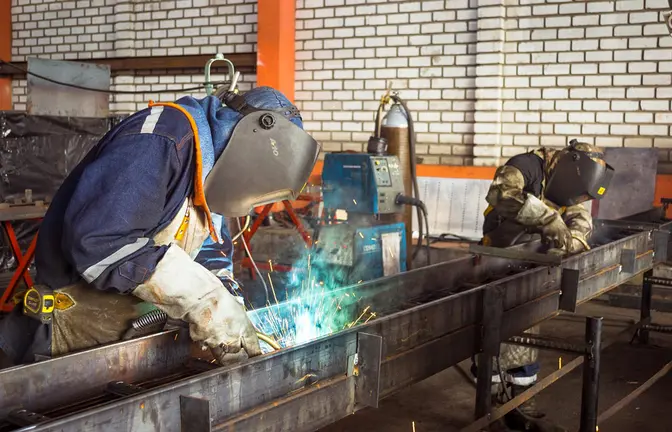The Spanish government has approved the Strategic Project for the Recovery and Economic Transformation of Microelectronics and Semiconductors (PERTE Chip), within the framework of the Recovery, Transformation and Resilience Plan.
The First Vice-President of the Government of Spain and Minister for the Economy and Digital Transformation, Nadia Calviño, said that this "is probably the most ambitious project of the recovery plan" due to its amount (12.25 billion euros of public investment). She also highlighted its transformative impact on industry and its contribution to the autonomy of Spain and the European Union in terms of technology.
Calviño added that the aim of PERTE Chip is to comprehensibly develop the design and production capacities of the Spanish microelectronics and semiconductor industry, covering the entire value chain from design to chip manufacturing and generate a multiplier effect, not only in technology sectors, but also for industry and the economy as a whole.
Nadia Calviño stressed that the shortage of semiconductor production in Europe means a reliance on Taiwan, the United States, South Korea, Japan and China, which is a situation that must be reversed. Europe has launched several projects to get global production to 20% by 2030.
In this context, Spain is committed to strengthening the strategic assets in which it is best positioned: development of alternative architectures such as RISC-V; integrated photonics; development of quantum chips and a network of micro- or nano-fabrication rooms. It also has leading companies demanding semiconductors in key sectors such as automotive, machine tool manufacturing, telecommunications, aerospace, rail transport, defence and infrastructure construction.
Key pillars of the plan
The first pillar involves reinforcing scientific capacity, with actions to strengthen R&D on cutting-edge microprocessors and alternative architectures and integrated photonics, developing quantum chips and participating in the Important Projects of Common European Interest on Microelectronics and Communication Technologies (IPCEI ME-TC).
The second relates to the design strategy and includes initiatives that will enhance Spanish capabilities in the design of cutting-edge microprocessors through the creation of fabless companies, test pilot lines and semiconductor training networks.
The third pillar is oriented towards the construction of manufacturing plants in Spain with capacities both above and below five nanometres.
The fourth involves the dynamisation of the European IT manufacturing industry, with an incentive scheme for the manufacturing industry to create a chip pool.
Public-private partnership
Nadia Calviño has detailed that the total budget of PERTE Chip amounts to 12.25 billion euros until 2027. The main source of funding will come from the addendum to the Recovery, Transformation and Resilience Plan, which the Executive will present in the second part of the year.
The implementation of the PERTE will be articulated through different management instruments, such as grants, capital contributions, contracts, commissions and other forms of public-private partnership.
To articulate the project, a Special Commissioner for the Microelectronics and Semiconductors Project will be created under the leadership of Jaime Martorell Suarez, an expert in the sector.











